Facts About Abu Simbel: Nestled in the serene village of Abu Simbel, far from the bustling metropolises of Cairo and Luxor, it stands a testament to ancient Egypt’s grandeur and ingenuity. The majestic rock-cut temples of Abu Simbel, perched on the western banks of Lake Nasser, offer a glimpse into the pharaonic era like no other. From epic relocations to celestial alignments, here are seven intriguing facts about Abu Simbel that will transport you back in time.
1. Monumental Relocation
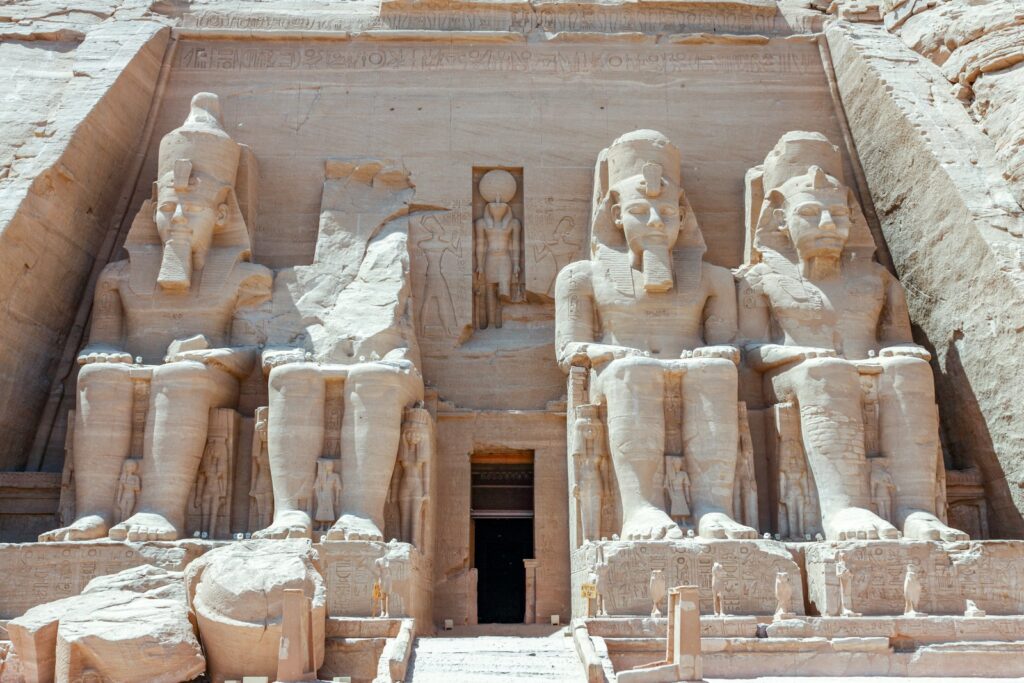
Abu Simbel’s saga begins with an extraordinary feat of engineering and preservation. Situated initially along the banks of the Nile, the temples faced the looming threat of submersion due to rising waters. In a remarkable endeavor spearheaded by UNESCO in 1964, the temples were painstakingly relocated 200 meters inland to safeguard them from the encroaching waters of Lake Nasser. This monumental task, considered one of archaeology’s most outstanding achievements, involved cutting the temples into sections and reassembling them piece by piece. Today, the temples stand as a testament to human determination and resilience.
2. Tribute to Sun Gods
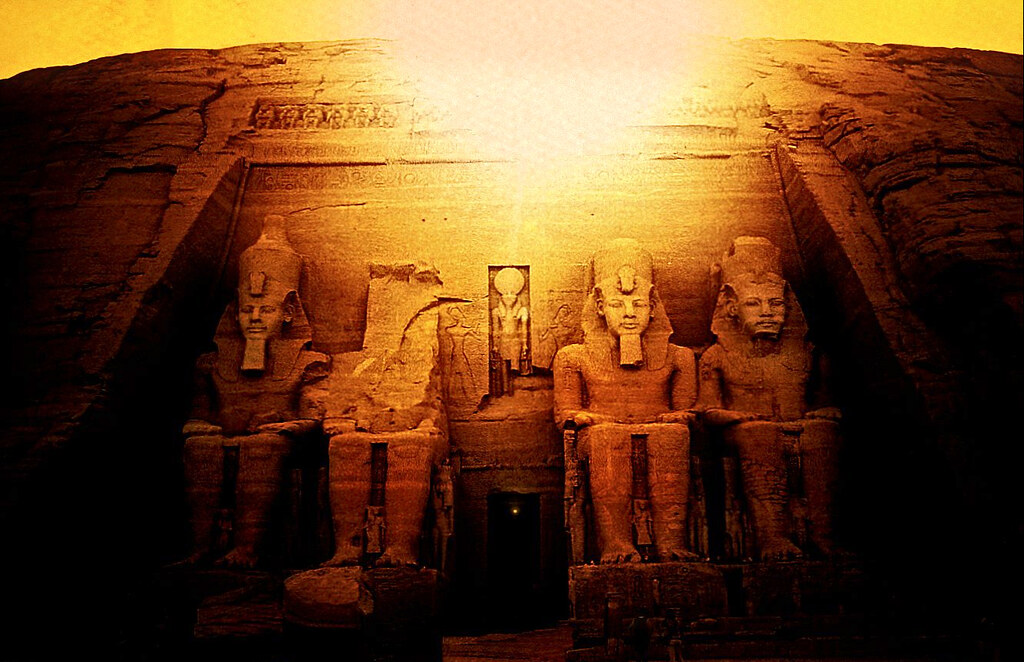
Commissioned by the legendary Pharaoh Ramses II, the Great Temple of Abu Simbel is a testament to ancient Egypt’s reverence for its deities. Dedicated to the sun gods Amon-Re, Ptah, and Re-Horakhte, the temple’s facade is adorned with colossal statues representing these revered figures. Inside, the temple’s grandeur is further accentuated by the largest rock-cut dome in the world, symbolizing the eternal protection of its divine inhabitants.
3. Rediscovery and Resurgence
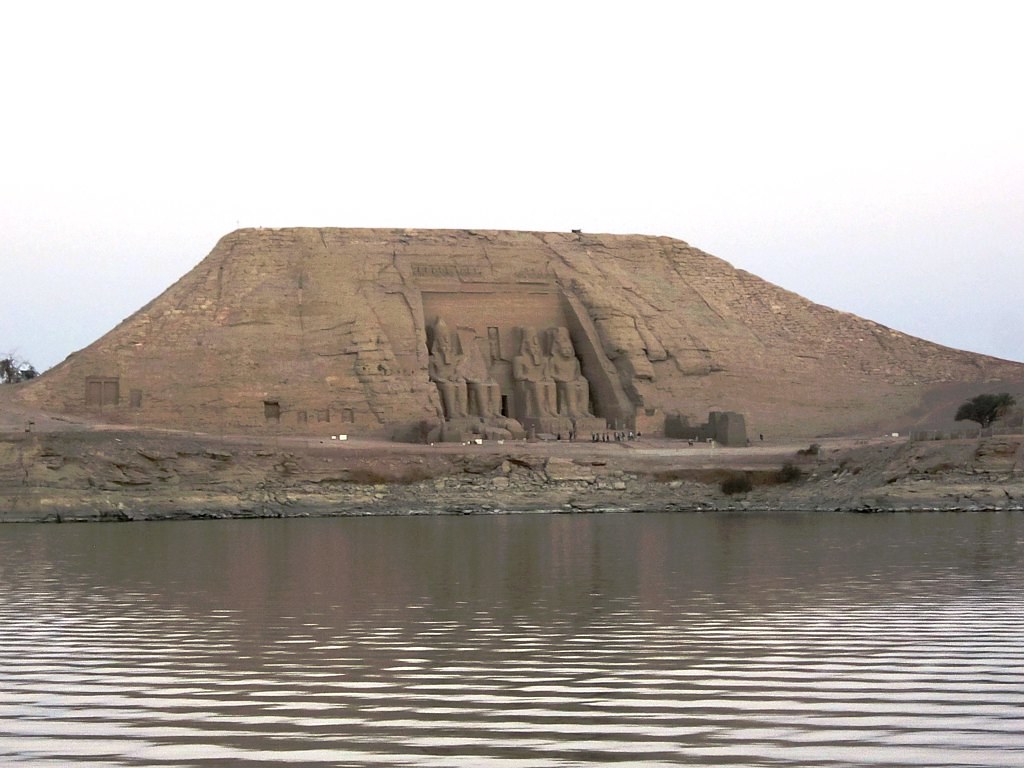
For centuries, Abu Simbel lay buried beneath layers of sand, its towering structures obscured from the world. It wasn’t until 1814 when Swiss orientalist Jean-Louis Burckhard stumbled upon its sun-kissed facades that the temples emerged from obscurity. Subsequent explorations by Giovanni Belzoni in 1818 unveiled the full extent of Abu Simbel’s splendor, igniting a renewed fascination with ancient Egyptian civilization.
4. An Age-Old Legacy

Construction of the Abu Simbel temples commenced in 1274 BC under the reign of Ramses II and lasted for over three decades before reaching completion in 1244 BC. These temples’ meticulous craftsmanship and architectural prowess testify to the ancient Egyptians’ unwavering dedication to their pharaohs and gods.
5. Celestial Alignment
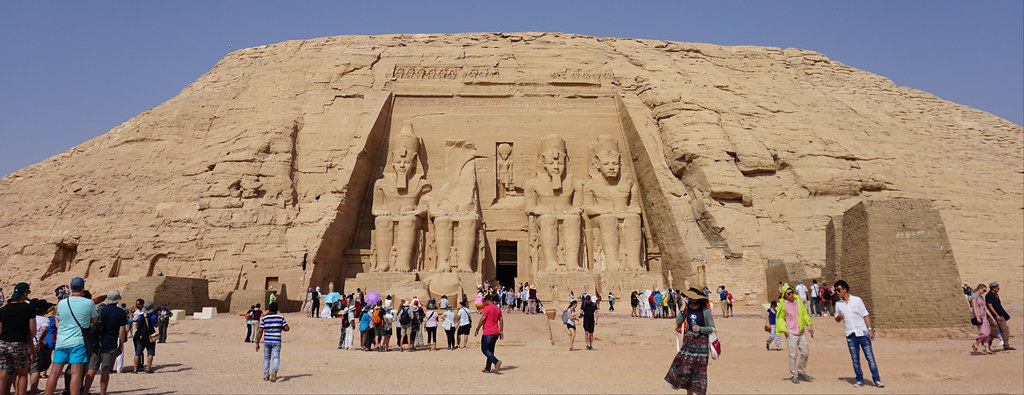
Abu Simbel’s most remarkable feature is its celestial alignment with the sun. Twice a year, on February 22nd and October 22nd, sunlight penetrates the temple’s inner sanctum, illuminating the statues of the gods while leaving Ptah, the god of darkness, shrouded in shadow. This celestial phenomenon, symbolizing the cycle of life and kingship, underscores the temple’s divine connection with the heavens.
6. Dual Temples of Majesty
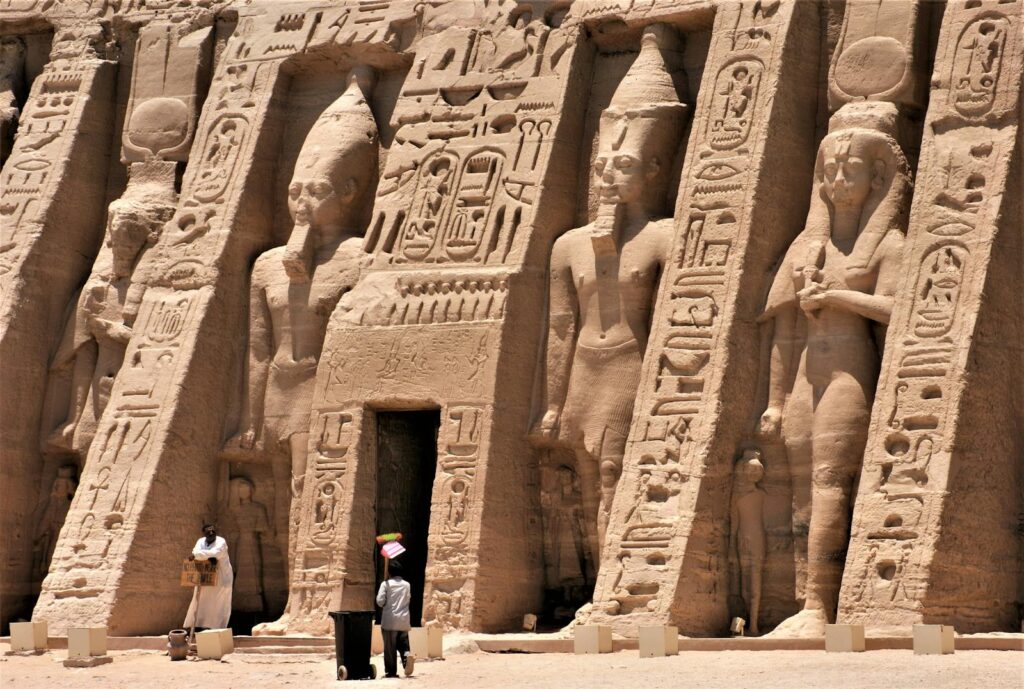
Contrary to popular belief, the Abu Simbel complex comprises not one but two magnificent temples. The Grand Temple, dedicated to Ramses II and the sun gods, is a testament to the pharaoh’s military prowess and divine mandate. Adjacent to it lies the Small Temple, a tribute to Queen Nefertari, Ramses II’s beloved consort. These temples epitomize the grandeur and splendor of ancient Egypt’s royal lineage.
7. Accessible Wonders
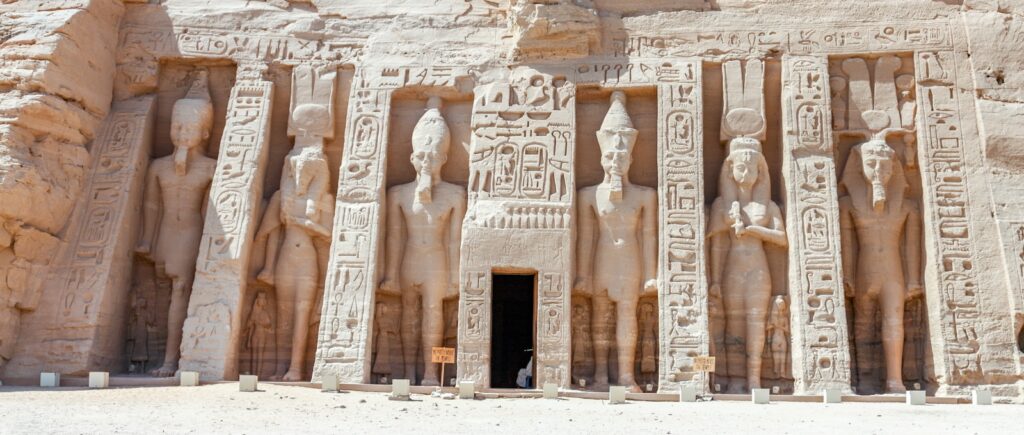
Despite its remote location, Abu Simbel is more accessible than one might imagine. The village boasts its airport, offering domestic and international flights to and from major cities like Aswan and Cairo. With EgyptAir Express providing regular service, the journey to Abu Simbel has always been challenging.
In Conclusion, Abu Simbel stands as a timeless testament to Egypt’s ancient glory, beckoning travelers from across the globe to marvel at its monumental splendor. As you stand in awe before its towering facades and sun-drenched sanctuaries, let the whispers of history carry you back to a bygone era of pharaohs and gods, where legends were etched in stone for eternity.
FAQs (Frequently Asked Questions) Facts About Abu Simbel
1. How far is Abu Simbel from Aswan?
Abu Simbel is approximately 140 miles (230 km) southwest of Aswan, nestled along the western banks of Lake Nasser.
2. Can visitors explore the interiors of the Abu Simbel temples?
Yes, visitors are permitted to explore the interiors of both the Grand Temple and the Small Temple, immersing themselves in ancient Egypt’s rich symbolism and architectural grandeur.
3. Is there an entrance fee to visit Abu Simbel?
Yes, there is an entrance fee, and tickets can be purchased at the site’s entrance or online in advance.
4. What is the best time of year to visit Abu Simbel?
The best time to visit Abu Simbel is early or late afternoon to avoid the midday heat. Additionally, February 22nd and October 22nd offer the unique opportunity to witness the temple’s celestial alignment with the sun.
5. Are guided tours available at Abu Simbel?
Visitors seeking in-depth insights into Abu Simbel’s history and significance can take guided tours led by knowledgeable Egyptologists.




